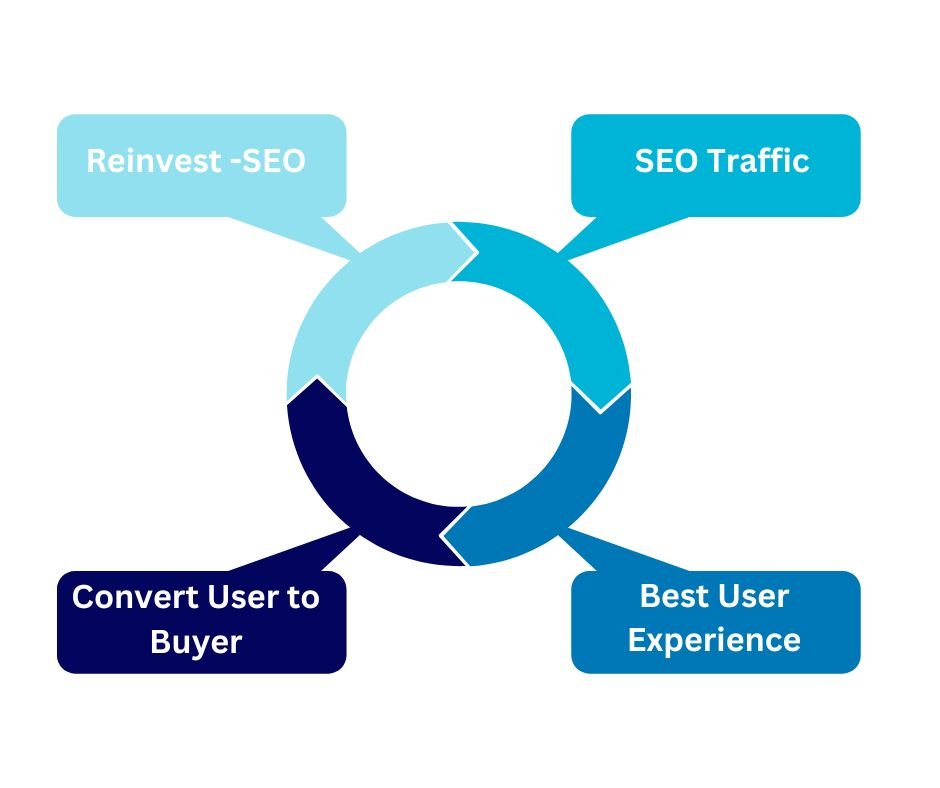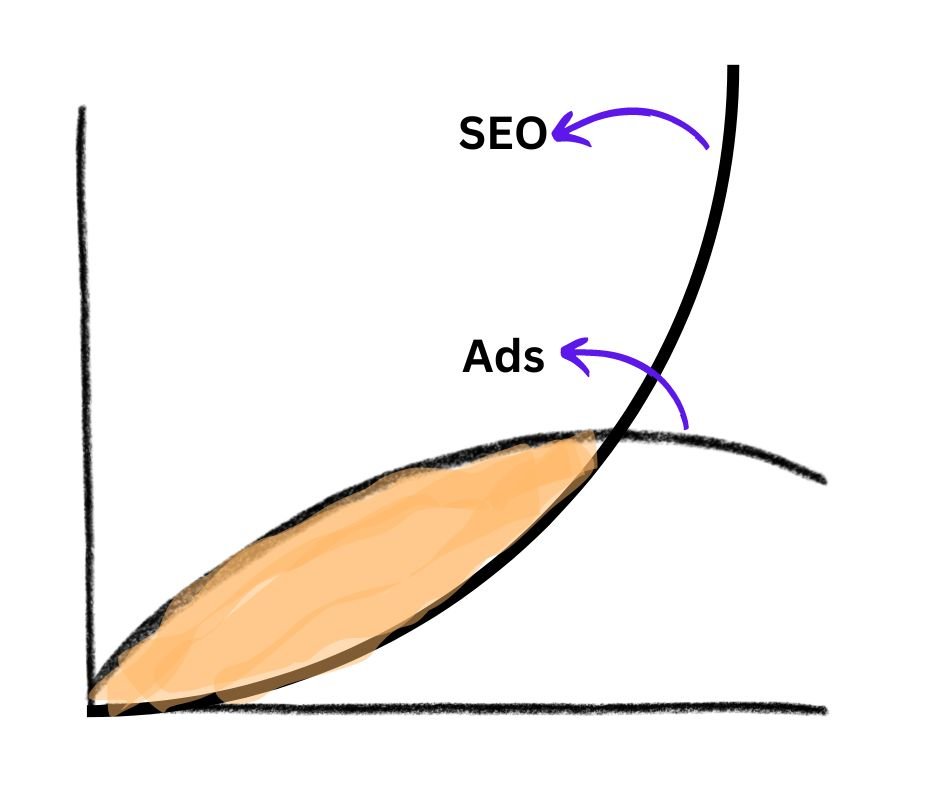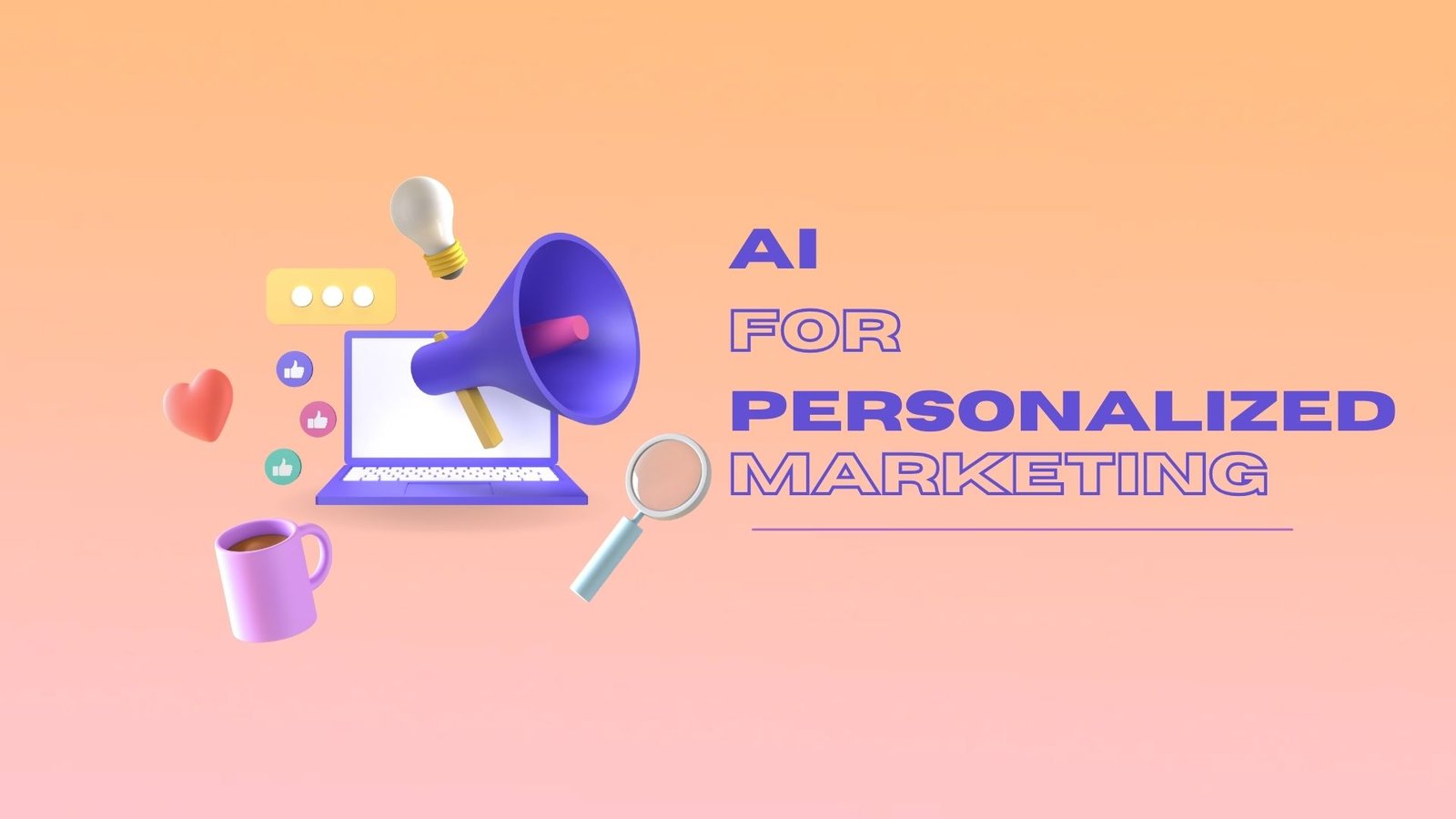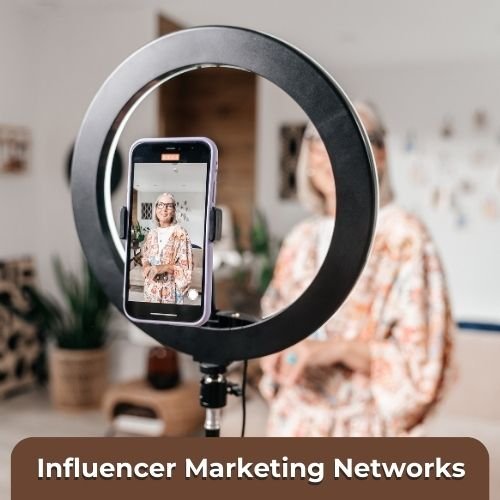SEO is a constantly evolving field. With changes to search algorithms, user behavior, and emerging trends like AI and machine learning, staying on top of the game requires a deep understanding of advanced SEO strategies. To explore what makes an SEO tactic “advanced,” I reached out to 107 SEO professionals and experts to get their input. The results were enlightening, revealing a wide spectrum of strategies that separate the experts from beginners.
Below, I will walk you through the advanced SEO techniques that were mentioned most frequently and show how you can implement them in your own work. For those looking to elevate their SEO career, mastering these skills is essential.
Top Advanced SEO Skills Ranked by the Community
After analyzing the responses, here are the top advanced SEO skills ranked by the SEO community. We’ll dive into each of these in detail:
- Integrating SEO with UX and CRO
- Blending Paid Ads with SEO
- Topic Clustering and Advanced Keyword Grouping
- Analyzing Data and Forecasting Results
- Using Product and Audience Data for SEO
- Automating SEO with AI and Machine Learning
- Revenue-Generating Content Optimization
- Optimizing Across Multiple Channels
1. Integrating SEO with UX and CRO
What is it?
One of the most frequently mentioned skills was the integration of SEO with user experience (UX) and conversion rate optimization (CRO). Modern SEO goes beyond just optimizing for keywords; it’s about improving the entire search experience to ensure conversions and a great user experience.
SEO focuses on attracting traffic, but that traffic is only valuable if it converts. This is where UX and CRO come into play. Optimizing your website to ensure visitors have a smooth journey from landing page to conversion is crucial.
Key Tactics:
- User Journey Mapping: Understand the full user journey from search query to conversion. Search Experience Optimization (SXO), a new term in SEO, focuses on optimizing the entire journey, ensuring the user has a seamless experience that results in a sale or lead.
- Optimizing On-Site Elements: Simple adjustments like reducing ad density, improving navigation, and removing browser notifications can have a big impact on conversion rates. SEO expert Cyrus Shepard has seen massive improvements by adjusting UX elements such as simplifying site navigation and clarifying site identity (logo + tagline).
How to Get Started:
- Start by analyzing your website’s UX using tools like Google Analytics and Hotjar to identify where users drop off.
- Collaborate with CRO experts to experiment with various UX designs and layouts.

Further Reading:
2. Blending Paid Ads with SEO
What is it?
Why choose between SEO and paid ads when you can use both? Combining SEO with Pay-Per-Click (PPC) ads accelerates results and ensures maximum visibility in search results. Paid ads, especially on platforms like Google, can fill the gap when SEO is in its early stages, offering businesses immediate returns.
For local businesses, using a combination of Local Service Ads, PPC, and organic SEO helps generate leads quickly.
Key Tactics:
- Run PPC Ads for High-Intent Keywords: While waiting for SEO to gain traction, running ads for high-intent keywords ensures you don’t miss out on potential leads.
- Leverage Retargeting Ads: Use PPC to retarget website visitors who didn’t convert. This helps bring back lost opportunities.
How to Get Started:
- Use tools like Google Ads and Facebook Ads Manager to run PPC campaigns that complement your SEO strategy.
- Implement retargeting to bring back users who previously visited your site but didn’t convert.

Further Reading:
3. Topic Clustering and Advanced Keyword Grouping
What is it?
The idea of topic clusters isn’t new, but it’s become a foundational element in content creation for SEO. Topic clusters help build authority on a subject by grouping related content around a central theme, improving your chances of ranking for a variety of keywords.
Key Tactics:
- Build Keyword Clusters: Use tools like Ahrefs and SEMrush to identify keywords that share the same intent. Create content that targets these clusters and interlink them.
- Automate Keyword Clustering: For advanced SEOs, creating a machine-learning model for clustering keywords automatically can save hours of manual work.
Example: Using the Ahrefs API and tools like BERT, you can pull keyword lists, identify intent, and group them automatically.
How to Get Started:
- Manually group keywords with the same intent and create pillar content around them. Interlink all related pages.
- For large-scale projects, consider using an SEO API and machine learning to automate the clustering process.

Further Reading:
4. Analyzing Data and Forecasting Results
What is it?
Data analysis is a core skill for SEO. The ability to go beyond basic analytics to make actionable, predictive insights is what makes this an advanced tactic. Instead of merely reporting traffic numbers or rankings, advanced SEOs focus on tying actions to outcomes and forecasting future growth.
Key Tactics:
- Forecasting ROI: Use historical data and performance metrics to predict future growth. Demonstrate the value of SEO by forecasting how certain actions will result in measurable ROI.
- Advanced Data Insights: Go beyond basic metrics. Instead of reporting that “53% of users bounce,” dig deeper. For example, analyze that “people who download a specific eBook are 73% more likely to convert.”
How to Get Started:
- Learn to work with data using tools like Google Data Studio, Google Analytics, and Excel to create dashboards that help visualize data trends.
- Dive into predictive analytics to estimate future growth and make data-backed recommendations for SEO strategy adjustments.
Further Reading:
5. Using Product and Audience Data for SEO
What is it?
Understanding how to leverage product and audience data is essential for creating a comprehensive SEO strategy that goes beyond keyword targeting. Using data from CRM systems, sales pipelines, and even internal product data can transform your SEO campaigns.
Key Tactics:
- Understand Product USPs: Incorporating a product’s unique selling points into the SEO strategy can open up new keyword opportunities. Advanced SEOs analyze product data to find low-competition keywords that align with the brand’s goals.
How to Get Started:
- Gather data from internal sources like product teams and sales teams. Understand what makes the product stand out and use that information to inform your keyword research.
Further Reading:
6. Automating SEO with AI and Machine Learning
What is it?
Automation is one of the most powerful ways to level up your SEO. By integrating AI and machine learning into your workflow, you can perform tasks like keyword research, translation, and internal linking at scale, freeing up valuable time for more strategic activities.
Key Tactics:
- Automate Multilingual Keyword Research: AI tools like Ahrefs’ AI translator can automatically translate keywords for international SEO campaigns, ensuring that local dialects and search intent are preserved.
- Automate Internal Linking: Use tools like ChatGPT and machine learning models to optimize internal linking by analyzing contextual relevance between pages.
How to Get Started:
- Implement machine learning models to automate complex SEO tasks like redirect mapping and internal linking recommendations.
- Leverage AI tools like GPT models to fast-track keyword research and content ideation.
Further Reading:
7. Revenue-Generating Content Optimization
What is it?
Creating content that drives revenue is the hallmark of advanced SEO. It’s no longer just about producing “high-quality content”—it’s about understanding which content
directly impacts the bottom line and prioritizing it.
Key Tactics:
- Programmatic SEO: This involves automating the creation of landing pages that target highly specific keywords with conversion potential. Programmatic content allows you to create thousands of pages at scale, each optimized for search intent.
How to Get Started:
- Identify high-intent keywords and build content specifically for the bottom of the funnel. Ensure that your content aligns with your product or service’s unique value proposition.
Further Reading:
8. Optimizing Across Multiple Channels
What is it?
Today’s SEO experts need to know more than just Google optimization. Advanced SEOs focus on multi-channel optimization—leveraging platforms like YouTube, Reddit, and LinkedIn to reach users where they spend their time.
Key Tactics:
- YouTube SEO: Optimizing video content can significantly expand your reach. Advanced SEOs use YouTube-specific keyword research tools to find video-friendly keywords and create content that ranks well in both video and traditional search engines.
- Social Media and Reddit for SEO: Platforms like Reddit can be gold mines for keyword research, revealing search trends and unaddressed topics.
How to Get Started:
- Use YouTube Analytics and keyword tools like VidIQ to optimize your video content.
- Explore social media platforms and Reddit communities to find content gaps and low-competition keyword opportunities.
Further Reading:
- Why Social Signals Matter for SEO (It’s Not a Ranking Factor)
- YouTube SEO: How to Rank Your Videos From Start to Finish
Conclusion: The Path to SEO Mastery
As SEO becomes increasingly sophisticated, so do the skills required to master it. By incorporating UX, automation, AI, and multi-channel strategies, you can elevate your SEO from basic to advanced. Whether you’re focusing on data analysis, blending paid and organic strategies, or leveraging AI, staying ahead in SEO requires continuous learning and adaptation.
Master these advanced SEO tactics, and you’ll be well-positioned to drive exceptional results for your clients and your business.




